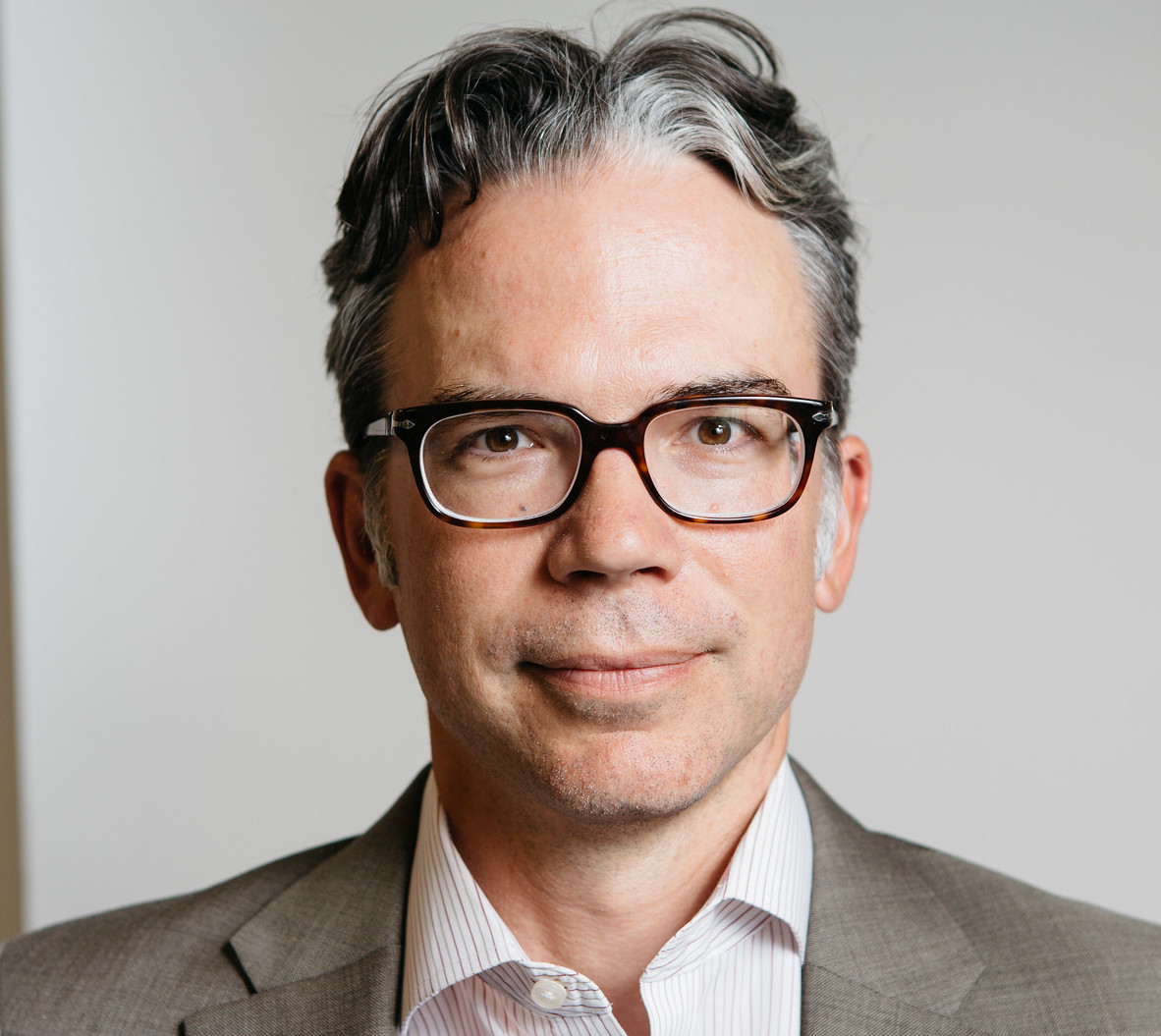We have learned a lot from the sudden move to remote instruction this spring about what worked well, where we had gaps and what faculty needed in order to restructure their classes. Now during an uncertain fall, with many campuses offering remote or hybrid learning, one thing seems clear: flexibility and nimbleness will be required to sustain us until the COVID crisis is over.

As we must now invest in new technology in an environment of budgetary stress, it’s important to articulate principles to guide our thinking for whatever comes next. Here are some key principles I have identified.
Partner with faculty by activating institutional governance at a rate faster than normal. Community-based decision making is a hallmark of how higher education institutions work. In order to ensure the creative thinking that a crisis of this magnitude requires, we need to work together with our faculty. At Lafayette College, using our existing structures rather than creating new consultative groups on the fly was the most efficient path forward. While institutional decision-making typically happens at a much slower pace, we were able to navigate those same structures very quickly. What’s more, we did so while getting valuable faculty feedback, making the final product significantly stronger. Having proved we can move quickly and productively together will be invaluable as the rate of institutional change accelerates going forward.
Implement tools that support flexibility and rapid changes in course delivery and then work within that framework. With conditions rapidly changing, we did not plan for large-scale installations or cumbersome hardware-based solutions. Rather, we designed a set of capabilities that can be quickly deployed at any time, and anywhere. I was also direct and upfront with our community about what we could and could not do. While these conversations were disappointing to some, it was necessary to define a narrow but effective scope of work.
In the film Apollo 13, there’s a scene in which the engineers are faced with a challenge to fit a hose into a hole using only what’s in a box of items available to the astronauts in space. I’ve used this analogy a lot: the technology plan has defined what we have in our box and now we must develop solutions using only what’s in it. Having this laid out early on provided comfort and stability in a very uncertain environment. Technology is now playing a different role, being seen as a stabilizing force rather than a disruptive one.
Provide all students and faculty access to the tools and resources necessary for a successful experience. As we have seen in other ways, this crisis has highlighted many inequities among students, including technology access issues. a source of inequity for many students. We were firm in our resolve to ensure everything we did would expand access for all students and faculty, and quickly developed laptop loaner programs, secured mobile hotspots where needed, and deployed software that supports digital accessibility.
Invest in mission-centric strategies that position you for whatever long-term transformations may occur. Your plan should stay true to the core principles of your institution. We’re a residential, undergraduate liberal arts and engineering college, and we wanted to deliver a Lafayette College experience to our students, rather than create some new experience that is inconsistent with who we are.
There has been an ongoing debate (long before COVID-19) about the pressures on higher education’s model. Many experts and pundits proclaimed that technology, and in particular, online education, would be the disruptor that led to systemic change. However, as Michael D. Smith wrote in The Atlantic, in a piece entitled “Are universities going the way of CDs and cable TV”:
“…just because new technology changed the way entertainment was delivered doesn’t mean it impeded the industry’s underlying mission. Instead of destroying TV, movies and books, new technologies have produced an explosion in creative output, delivered through the convenience, personalization and interactivity of Kindle libraries, Netflix recommendations and Spotify playlists. Despite—or maybe because of—the digital disruption we’ve recently lived through, we’re now enjoying a golden age of entertainment.”
We have the opportunity to reimagine our institutions, creating an exciting new era for higher education. Looking at the COVID crisis as a transformational opportunity rather than a short-term problem to get through changes the game dramatically.
I’m not suggesting that Lafayette and schools like it should become online institutions. However, with faculty now experienced in other modalities and equipped with new technology, how can we think creatively about what we might do next? What will we do collectively to chart a course forward that doesn’t seek to restore a broken status quo, but rather, imagines a new direction that is rooted in our mission to provide a meaningful educational experience for the 21st century?
The principles of expedited faculty partnership, flexibility and access, applied across all areas of the institution, will make this transformation of higher education successful.
John O’Keefe is vice president and chief information officer at Lafayette College in Easton, Pa.

